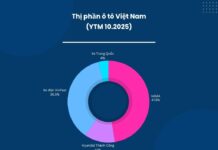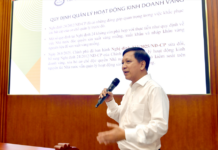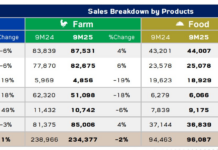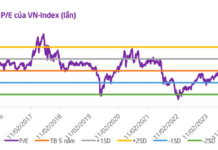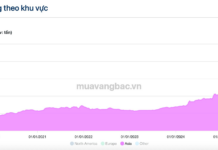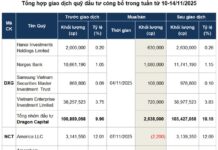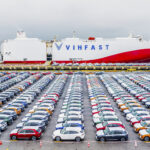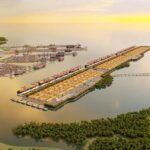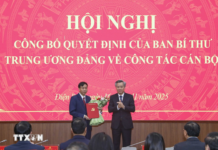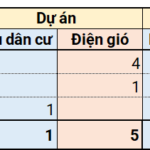Vietnam’s Ministry of Construction Adjusts Port Planning to Accommodate Economic Growth and International Integration
The Ministry of Construction has issued a decision to adjust the detailed planning of a group of ports, wharves, piers, buoys, and water areas for the period of 2021-2030, with a vision towards 2050. This update is a crucial step to meet the demands of socio-economic development and international integration.
According to the new plan, by 2030, the estimated investment demand for the entire Vietnamese port system is VND 359,500 billion. Of this, VND 72,800 billion will be invested in public maritime infrastructure, and the remaining VND 286,700 billion will be allocated for cargo handling service wharves.
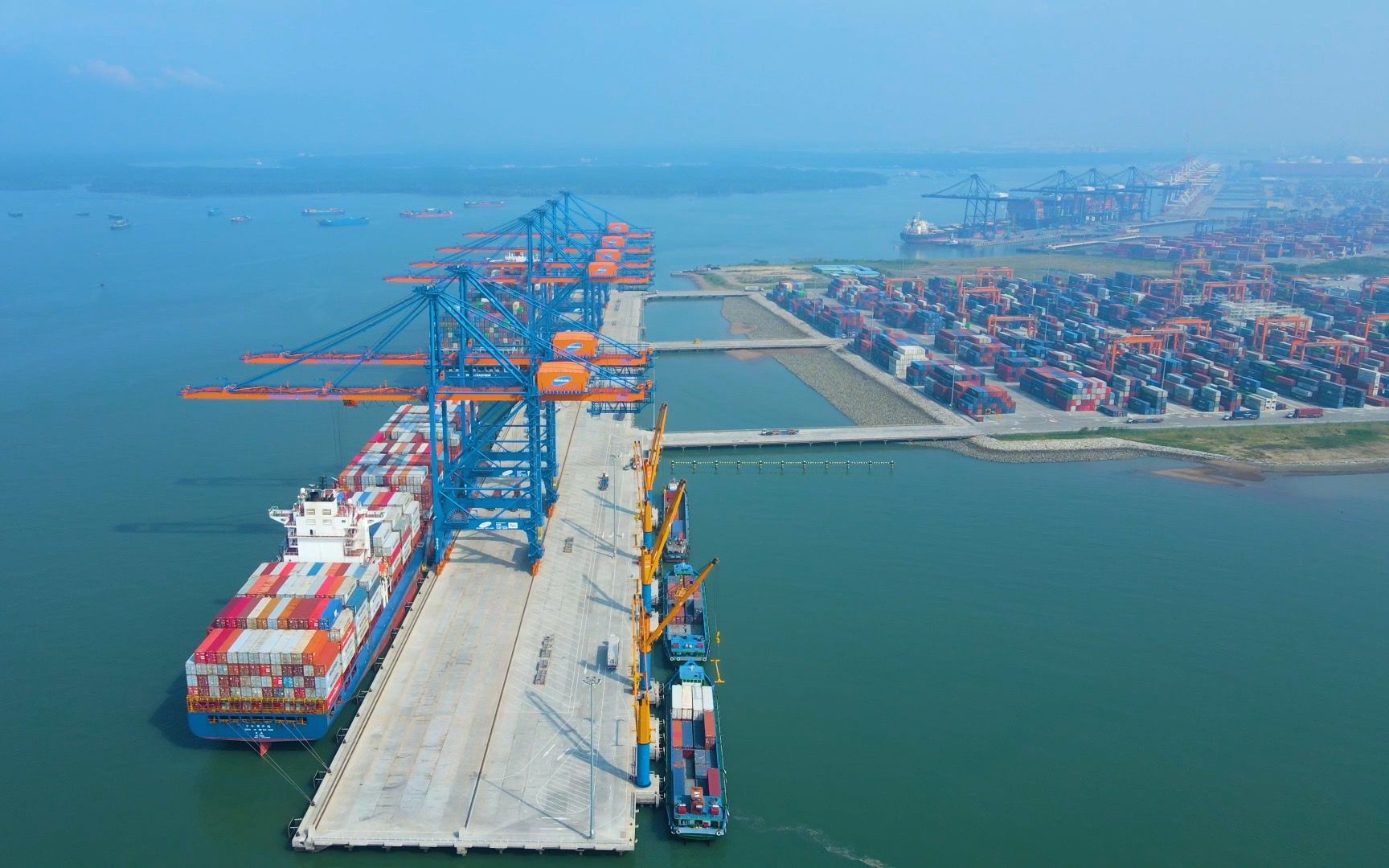
Investment demand for the port system by 2030 is estimated at VND 359,500 billion.
Developing Port Group Number 3
The adjusted plan specifies that Port Group Number 3 will consist of 81-84 wharves, including 180-185 piers. Binh Dinh Port, in particular, is planned with three main wharf areas:
- Quy Nhon – Thi Nai – Dong Da Wharf Area: 4 wharves (8 piers) to handle 13.9 – 14.4 million tons of cargo.
- Nhon Hoi Wharf Area: 2 wharves (3 piers) to serve 150,000 – 200,000 tourists per year.
- Phu My Wharf Area (including Phu My and Hoai Nhon): 3 wharves (9 piers), with Phu My having 5 piers capable of handling 3.8 – 4.4 million tons of cargo, and Hoai Nhon having 4 piers to serve the economic zone and industries.
Additionally, the plan allocates areas for anchorage, transshipment, and typhoon shelters in Dam Thi Nai and Vung Lang Mai, along with technically suitable locations.
The total land requirement for ports nationwide by 2030 is approximately 34,000 hectares, of which 17,500 hectares are for ports, with the remaining area designated for industrial parks and logistics areas associated with the ports. The water area requirement is about 606,000 hectares (excluding 900,000 hectares of water area managed without maritime works).
Adjusting the Planning of Binh Dinh Ports
According to the new plan, Binh Dinh ports will handle 17.65 – 18.75 million tons of cargo per year by 2030, including 0.32 – 0.37 million TEU of containers, and serve 150,000 – 200,000 passengers. The system will comprise 9 wharves with 20 piers, totaling 5,104 meters in length.
Notable adjustments include reducing the number of piers in certain areas. The Quy Nhon – Thi Nai – Dong Da wharf area will retain only the Quy Nhon, Tan Cang Quy Nhon, Thi Nai, and Quy Nhon military ports, excluding the Dong Da wharf. The Nhon Hoi wharf area will maintain only the Hai Giang and Nhon Hoi passenger wharves, without planning for a cargo ship wharf.
In contrast, the Phu My wharf area has been elaborated upon:
– Phu My General/Container Wharf: 2 piers, 600 meters long, accommodating 150,000-ton ships, with a capacity of 2.4 – 3 million tons per year.
– Phu My Liquid/Gas Wharf: 3 piers, 900 meters long, accommodating 150,000-ton ships, with a capacity of 1.4 million tons per year.
– Hoai Nhon General Wharf: 4 piers, 1,120 meters long, accommodating 150,000-ton ships, serving industries and import/export activities.
The total land requirement for Binh Dinh ports by 2030 is approximately 217.3 hectares (excluding the area for associated industrial parks and logistics). The investment demand for this system is about VND 11,870 billion, including VND 1,250 billion for public maritime infrastructure and VND 10,620 billion for cargo handling service wharves.
These planning adjustments are expected to facilitate the synchronized development of Vietnam’s port system, particularly in Binh Dinh, enhancing cargo handling capacity and contributing to the economic growth of the region and the country.
The $5 Billion Dollar International Transit Hub: Unveiling Plans for a 50 sq. km Port in Hai Phong
Kien Thuy District, in the vibrant city of Hai Phong, is set to undergo a remarkable transformation with the development of Nam Do Son Port. This ambitious project boasts a staggering estimated investment of 5 billion USD. Once realized, Nam Do Son Port will serve as a state-of-the-art gateway, facilitating the seamless transshipment of goods for both domestic and international markets in Vietnam.





